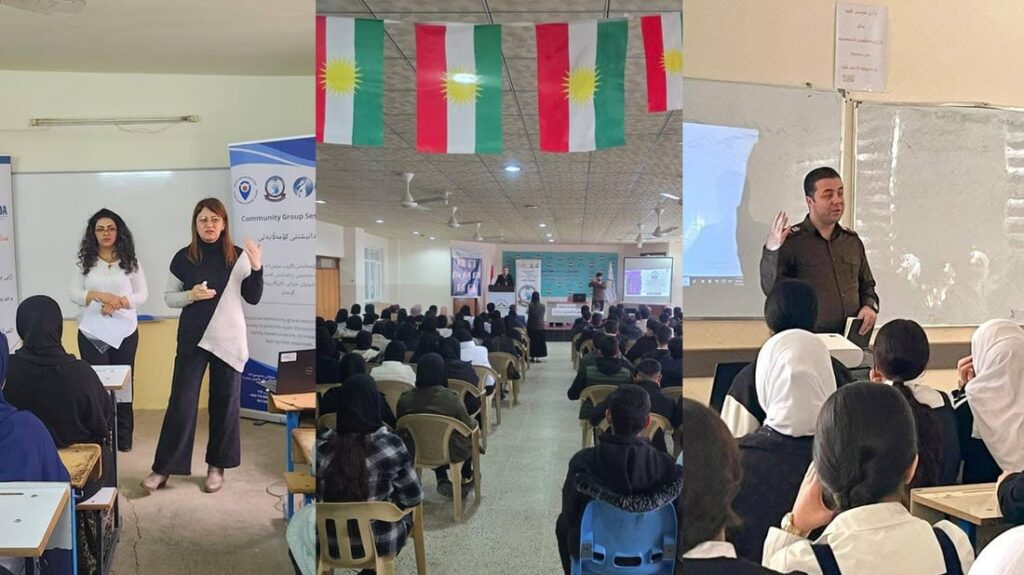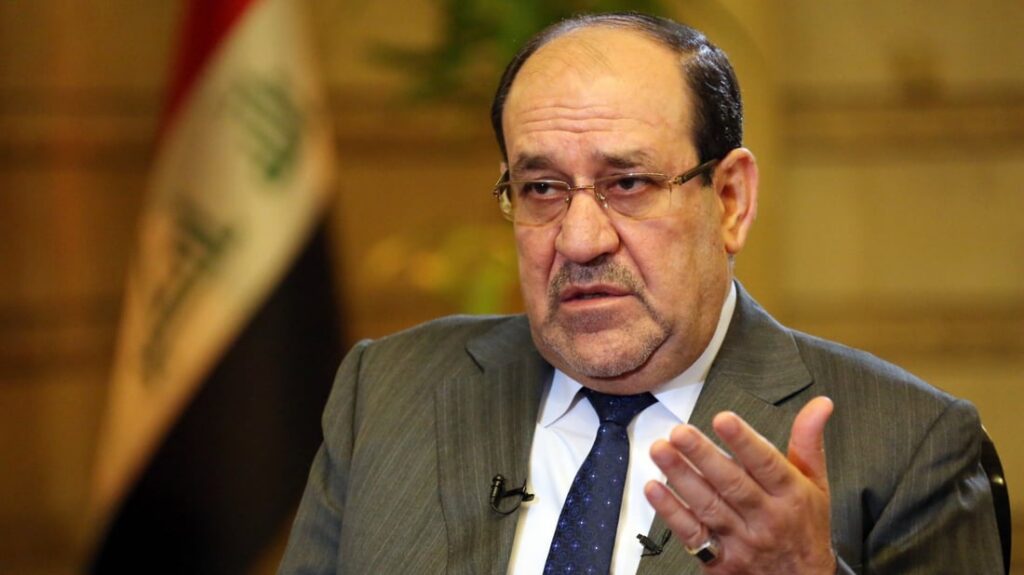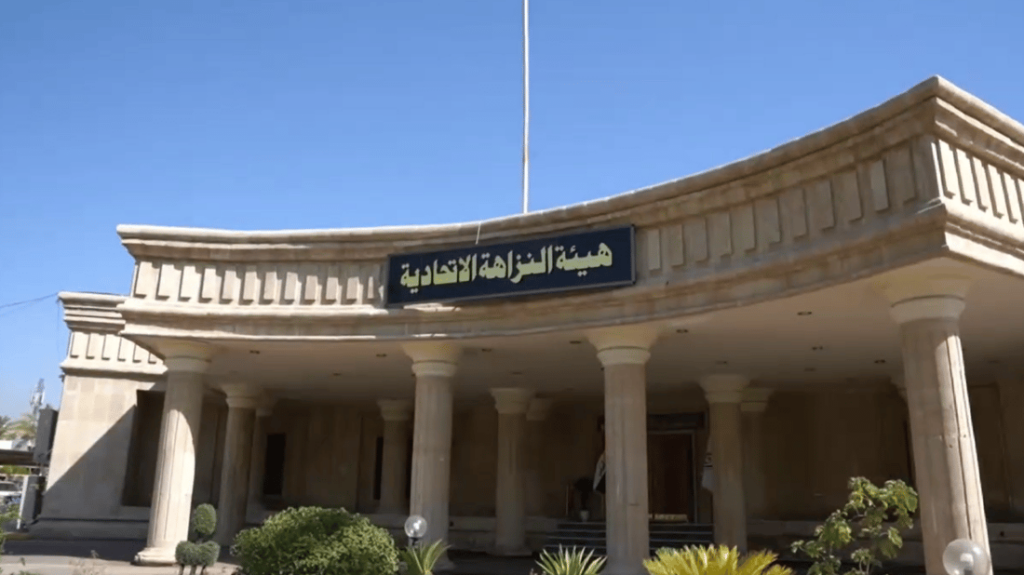Syrian Arab Republic: Syria ǀ Flash Update #9, Humanitarian impact of the military operation in north-eastern Syria, 21 - 24 October 2019
Highlights
The five-day ceasefire ended on the evening of 22 October. That same evening, the Russian and Turkish presidents announced an agreement on security parameters in the northeast, including proposed security arrangements along the border.
While the agreement puts an end to large-scale military operations, localized incidents continue to occur, particularly in Ras Al Ain and Tal Tamer with an increase in improvised explosive device attacks observed in Quamishli, Ar-Raqqa and Al-Hasakeh governorates over the past few days. These incidents injured many civilians, including children.
On 24 October the 14 remaining families (84 individuals) in Mabruka camp were evacuated to Areesheh camp after an unsuccessful attempt on 23 October due to interference from armed groups. Those evacuated included a critically ill woman and two other people requiring medevac.
139,265 people, including around 58,485 children and 35,500 women of reproductive age, remain displaced from Al-Hasakeh, Ar-Raqqa and Aleppo governorates; to date, 61,200 people have returned to their places of origin. Almost half of those returning have returned to areas now under the control of Turkish Armed Forces in Tell Abiad, Ein Issa, and Suluk sub-districts in Ar-Raqqa governorate.
More than 10,100 refugees have crossed into Iraq through informal crossing points; the vast majority are being hosted in Baradash camp.
On 27 October, the Syrian Humanitarian Fund (SHF) will launch a reserve allocation of US $15 million to support partners responding to the crisis.
Contextual developments
The past week has witnessed rapid political and military developments in northeast Syria, the humanitarian impact and implications of which are being assessed. Following the start of Operation Peace Spring on 9 October, the US and Turkey reached, on 17 October, an agreement for a 120-hour ceasefire calling for Kurdish armed forces to move away from the Syria-Turkey border.
The 120-hour ceasefire put a stop to large-scale military operations although localized clashes continued to be reported, particularly in Ras Al Ain and close to Tal Tamer. As the 120-hour period ended, the Russian and Turkish presidents announced on 22 October the parameters of a new agreement, which sees the preservation of the status quo in current Operation Peace Spring areas as well as the deployment of security mechanisms including joint Russian/Turkish patrols and monitoring. Meanwhile, Government of Syria forces continued their deployment in various areas including Tabqa, Menbij, Ain Al Arab, and Tal Tamer towns in light of the recent understandings between Syrian Democratic Forces and the Syrian Arab Army (SAA), as well as areas along the M4 road west of Tal Tamer, northwest rural Al-Hasakeh and the town of Ein Issa and north rural Ar-Raqqa.
The decrease in hostilities facilitated the return of a significant number of displaced people to their areas of origin. An increase in asymmetric attacks was also observed in Ras Al Ain and Tal Tamer causing civilian casualties.
Humanitarian actors are currently finalizing planning assumptions outlining the potential implications of all these changes and agreements on the protection of civilians; displacement dynamics and humanitarian access.





